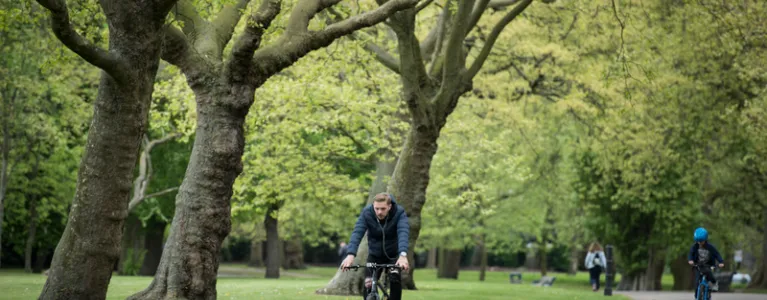
Recent reports show that London has the highest health costs associated with air pollution in Europe.
In London, NO2 and PM 2.5 are the main pollutants found in the air. Exposure to NO2 can exacerbate respiratory conditions, such as asthma, and has particularly detrimental effects on childhood development, especially the development of a child’s lungs.
Short and long-term exposure to PM 2.5 can cause respiratory and cardiovascular illness and even death. The UK Government’s Committee on the Medical Effects of Air Pollution estimates that exposure to PM 2.5 contributes to 29,000 premature deaths in the UK each year.
Despite the Mayor’s work in this area, 98% of schools across London are still exposed to pollution levels above the WHO's guideline limit for PM2.5.
With COVID-19 now in the mix, a virus that also attacks the respiratory system, what more needs to be done to reduce London’s air pollution?
The London Assembly Environment Committee will tomorrow review what the Mayor of London is doing to tackle poor air quality in London with particular reference to levels of NO2 and PM 2.5 near schools across the city.
The meeting will take place on Tuesday, 17 November 2020 from 10am. In line with government advice, this meeting will take place virtually.
Media and members of the public can watch the meeting live here.
Notes to editors
- Read the agenda papers.
- Caroline Russell AM, Chair of the Environment Committee, is available for interview.
- Find out more about the London Assembly Environment Committee.
- As well as investigating issues that matter to Londoners, the London Assembly acts as a check and a balance on the Mayor.
For media enquiries, please contact Aoife Nolan on 07849 303 897. For out of hours media enquiries, call 020 7983 4000 and ask for the London Assembly duty press officer. Non-media enquiries should be directed to the Public Liaison Unit on 020 7983 4100.